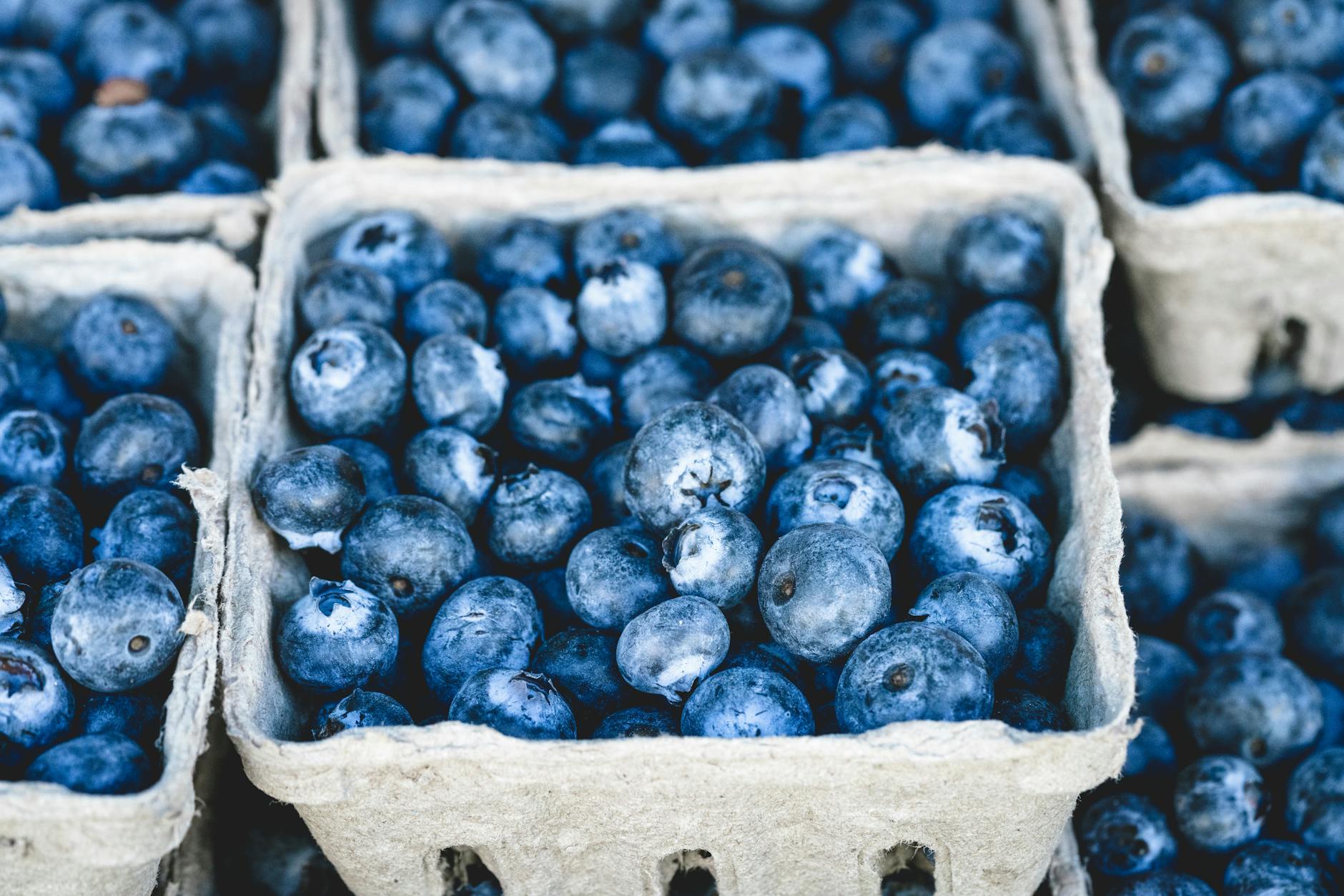Understanding the variety of options available for cannabis consumption can dramatically enhance the consumer’s experience. When it comes to cannabis consumption, the plethora of available methods range from traditional smoking to vaping, eating edibles, using tinctures, applying topicals, and more. Each method has its unique pros and cons regarding ease of use, potency, onset time, and duration of effects.
Smoking constitutes the most traditional and well-known method of cannabis consumption. This form of consumption, typically involving pipes, bongs, or hand-rolled joints, provides an immediate high as the THC directly enters the bloodstream from the lungs. As a consequence of this direct inhalation method, the effects are often rapid, usually felt within minutes, reaching their peak within 30 minutes and typically diminishing after about 1 to 3 hours. Despite being a popular choice, it’s important to keep in mind that smoking marijuana, like tobacco, produces several known carcinogens and tar, which can cause lung irritation and potentially lead to long-term respiratory issues source.
In contrast, vaping constitutes a potentially healthier alternative to smoking. This methodology heats cannabis to a specific temperature where the active compounds are evaporated into a vapor and inhaled, precluding the combustion of plant material. Vaping reportedly offers a more clean, distinct flavor than smoking and significantly reduces exposure to tar and carcinogens. Given this represents another inhalation method, the onset time for vaping is similar to smoking – quick and typically felt within minutes. However, variables like temperature, viscosity, and the specific marijuana-infused product used in the device can cause experiences to vary significantly source.
Edibles represent a broad category of cannabis consumption encompassing any marijuana-infused product ingested rather than inhaled. Cookies, brownies, drinks, and even gourmet meals can be infused with THC. Edibles provide a unique experience as compared to inhalation methods. When ingested, THC is metabolized by the liver and converts it into a different metabolite, notably more potent and lasts longer. Although the effects of edibles take longer to kick in (typically 30 minutes to 2 hours), they produce a longer-lasting and often more intense high, which can last several hours or more source.
Cannabis extracts often come in the form of oils, the potency of which varies greatly. These oils can be vaporized, ingested, or used in edibles. They can also be applied topically or taken sublingually under the tongue.
Tinctures represent one of the less popular but highly effective methods of cannabis consumption. They are alcohol or oil-based cannabis extracts that are typically placed under the tongue, where they’re absorbed directly into the bloodstream. The main benefits of tinctures lie in their precise dosing and swift onset of effects, usually felt within 15 to 45 minutes.
Topicals, on the other hand, consist of cannabis-infused lotions, balms, and oils absorbed through the skin. They are often preferred for localized pain relief, muscle soreness, tension, and inflammation. It’s important to note that topicals are non-intoxicating and do not provide the psychedelic high associated with other forms of cannabis consumption source.
Choosing the right form of cannabis consumption is a matter of personal preference basically depending on the user’s health, lifestyle, and desired effects. Researching and understanding each method will help turn your cannabis consumption experience from a mere recreational activity into a tailored therapeutic regime, bringing you closer to achieving your wellness goals. It is always essential to consult a medical professional before deciding to incorporate cannabis into your routine.

